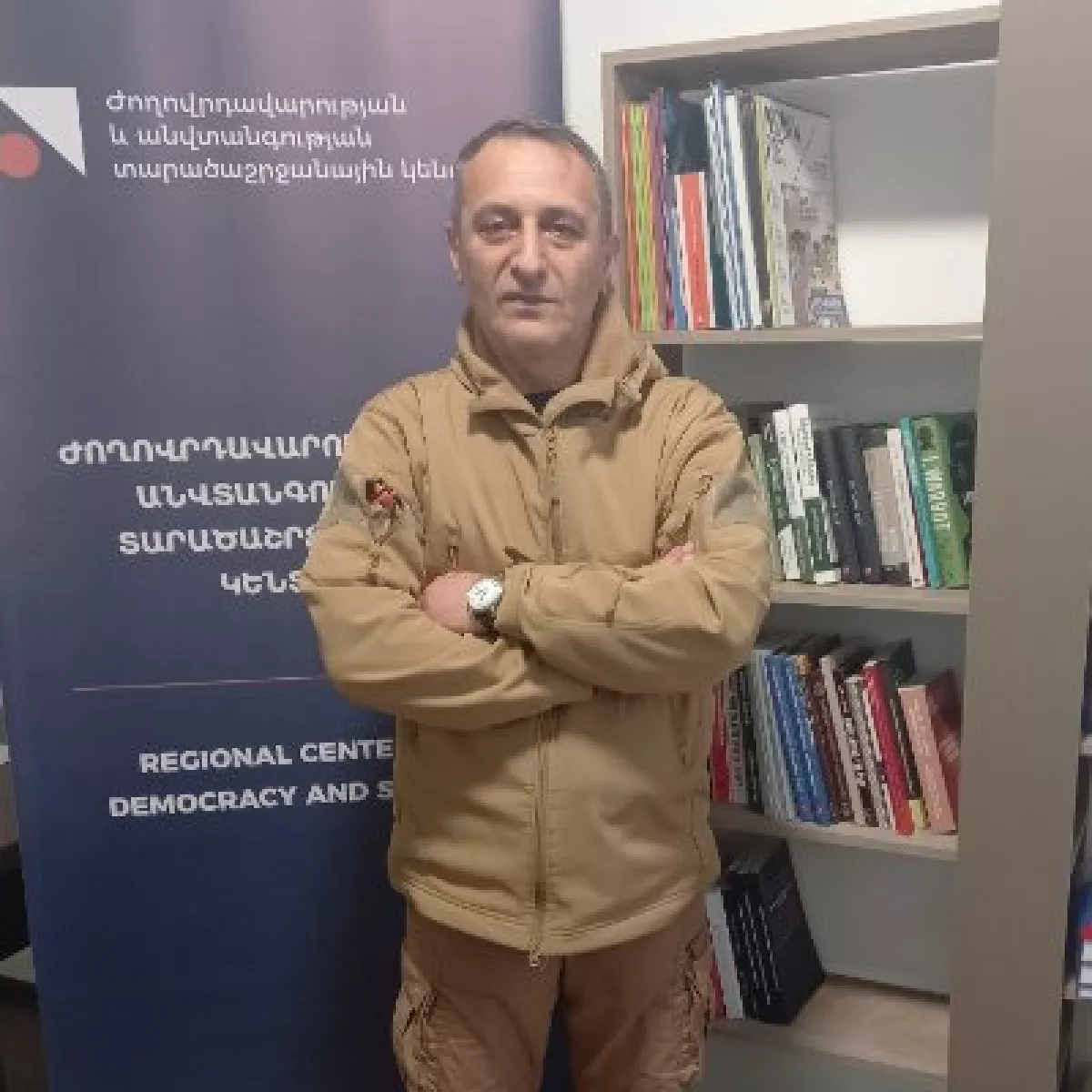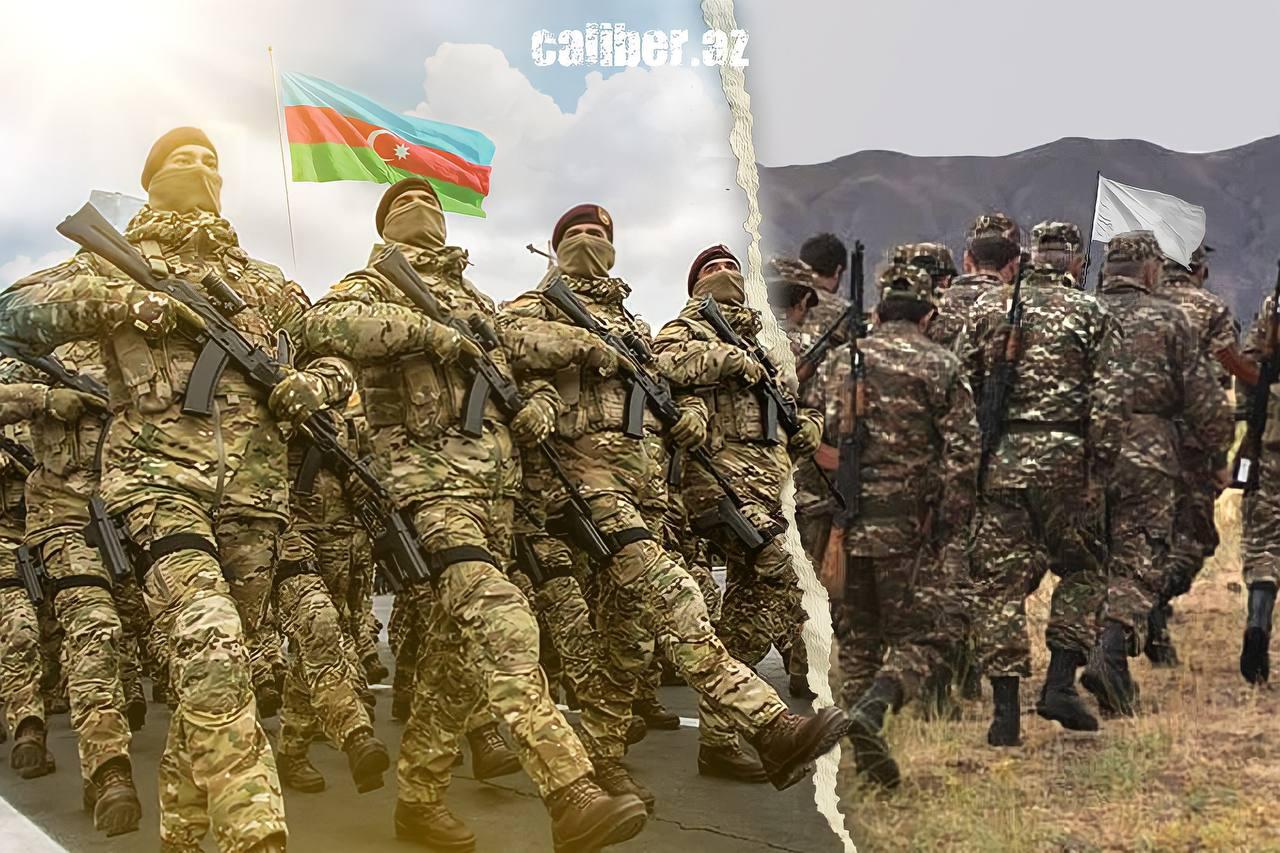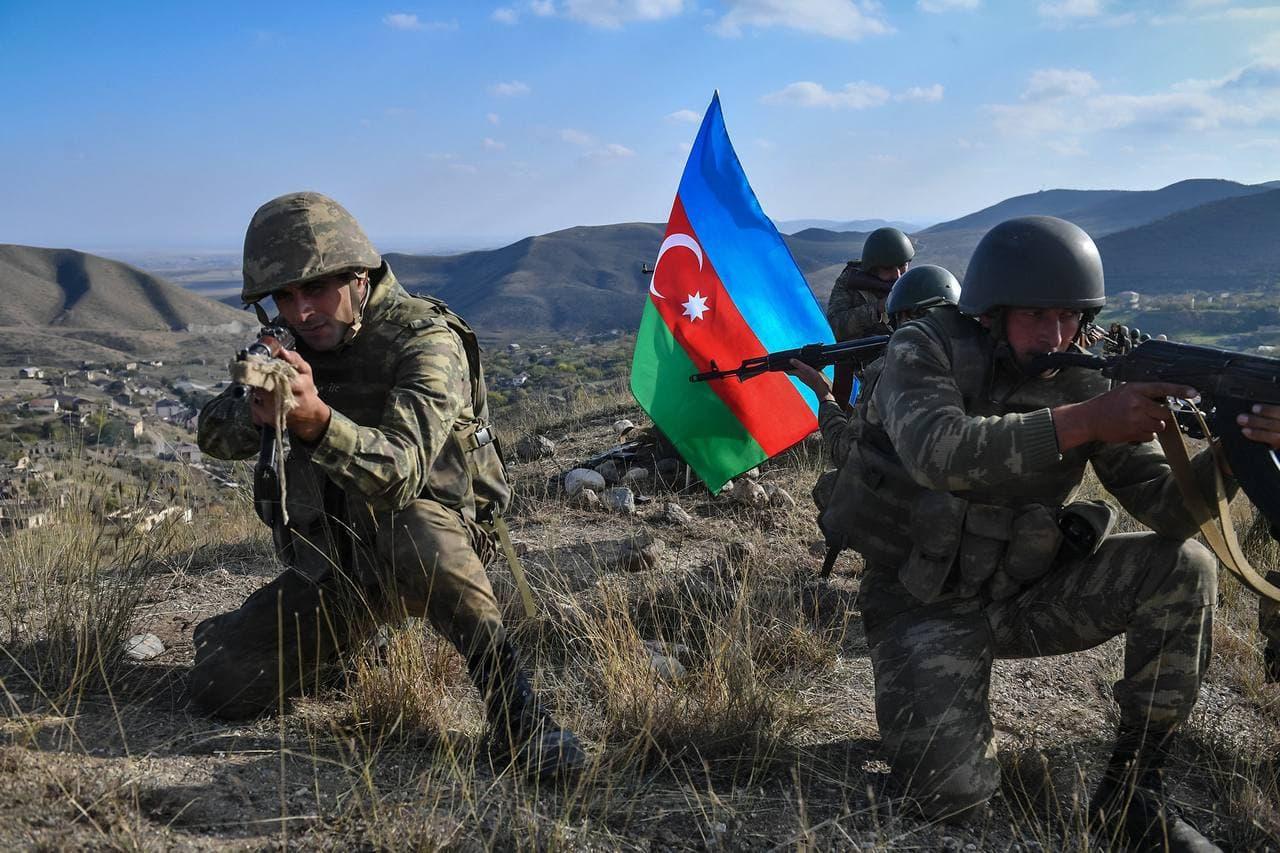Armenian army: Chronicle of predictable collapse From the April battles to the 44-day war
The defeat of the Armenian army in 2020 was not accidental—it was the logical outcome of more than two decades of strategic passivity, institutional degradation, and the lack of political will for reforms. Armenia lost not only because Azerbaijan had drones, but also because, since 1994, Armenia consistently refused to prepare for modern warfare. These conclusions are highlighted by two Armenian sources: the report by Eduard Arakelyan and the analytical publication by Mkhitar Harutyunyan. These are not external critiques, but assessments from within—sober and brutally honest. Together, they represent a recorded admission of failure: reasoned and supported by evidence, confirming what independent military analysts have long pointed out.
Arakelyan, a defense specialist representing the Yerevan-based Regional Center for Democracy and Security, asserts that April 2016 marked the moment when the Armenian army first encountered the model of modern warfare, but failed to draw conclusions from this experience. Armenia continued to cling to the old system: a fortification-based passive defense, reliance on outdated Soviet-era equipment, an ineffective intelligence system, and a weak command structure.

Eduard Arakelyan
According to Arakelyan, by 2020, the situation not only had not improved but had worsened. The command acted in a fragmented manner, operational responses were delayed, and there was a lack of coordination and interaction between the branches of the military. There was inadequate preparation of the mobilization reserve. Communications between headquarters and units were unstable, and in some cases, entirely absent. Against a massed aerial assault based on the use of precision strikes, drones, and loitering munitions, the Armenian army was unable to respond. The entire air defense system of the Armenian Armed Forces, including the S-300 and Osa-AK systems, was unprepared for operations in the context of network-centric warfare. Supply depots, supply routes, artillery firing positions, headquarters, and command centers were all hit — the Armenian army began to lose command and control even before large-scale combat operations began.
The expert argues that another weakness was the Armenian army's inability to operate mobile tactical groups. The lack of sufficient special forces units capable of operating in complex terrain and striking the enemy at operational depth became critical. The Armenian side essentially lacked the maneuver component necessary to counter the dynamic tactics employed by Azerbaijani forces. As a result, the defense became static and predictable, which only increased its vulnerability to the highly mobile and technologically equipped strike groups of the Azerbaijani Armed Forces.

An even harsher and more condemnatory assessment is provided by Mkhitar Harutyunyan. His thesis is simple: the occupied territories of Azerbaijan were subjected to systematic looting. According to Harutyunyan, the Armenian authorities essentially abandoned the demographic and logistical development of the occupied territories, limiting themselves to external symbols and declarations. He directly accuses the Karabakh clan of using Karabakh as a tool for enrichment.

Mkhitar Harutyunyan
Even after the change of government in Armenia in 2018, no real steps were taken to strengthen the defense or revise the strategic approach. Harutyunyan emphasizes that during the period from 2018 to 2020, military development in Armenia remained at a standstill. This further confirms that the problem was not only military but also institutional in nature—refusal to implement changes became a common feature of all phases of Armenian governance, regardless of its political orientation.
The assessment of mobilization preparation is particularly critical. The expert claims that reservists, called up during the fighting, were unprepared both technically and psychologically. As a result, panic, breakdowns in defense, lack of control over units, and widespread desertion occurred.
According to Harutyunyan, another important point is the systemic degradation of Armenian military intelligence. In both 2016 and 2020, the Armenian side failed to predict the main directions of the enemy’s strikes or uncover the structure of Azerbaijan's counteroffensive. The absence of reconnaissance UAVs, a weak intelligence network, and a low level of radio technical reconnaissance—collectively meant that the Armenian army was essentially fighting blind.

Finally, the foreign policy factor. By 2016, it was clear that neither the Collective Security Treaty Organization (CSTO) nor Russia would intervene on Armenia's side in the event of renewed hostilities. Despite this, Yerevan did not seek to build new alliances, strengthen its own autonomy, or accelerate the shift to a new military doctrine.
The outcome of the 2020 war not only marked Armenia's defeat on the battlefield but also the state's abandonment of fundamental principles of strategic management. This was not a mistake—it was a model. A model in which the army was secondary to political, clan-based, and financial interests.
However, the problem of the Armenian army was not that it lacked weaponry. The problem was that it was not an army in the true sense of the word: it lacked strategy, infrastructure, reserves, a combat core, and proper command. All of this was replaced by symbols. And the symbols lost—as soon as the real war began.








